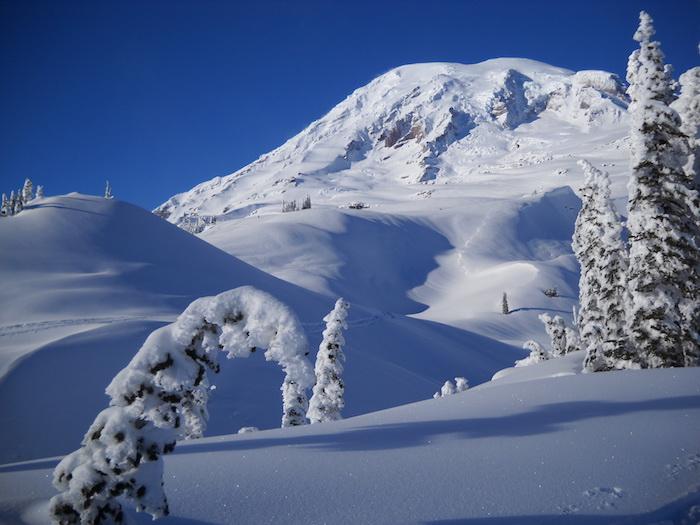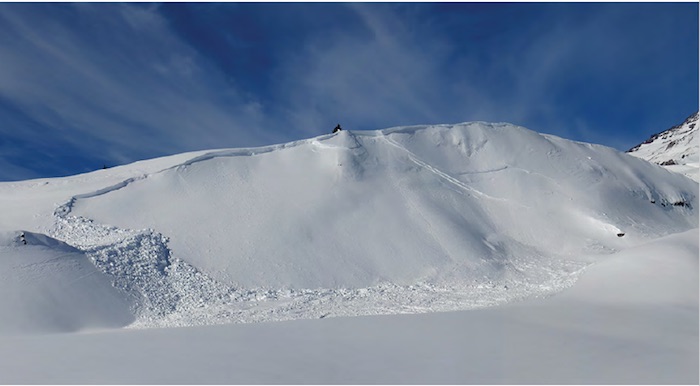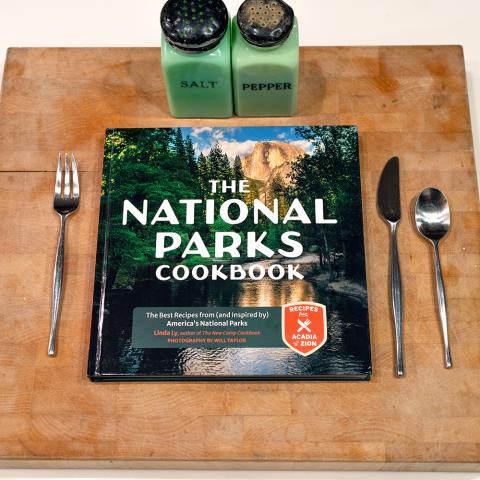Editor's note: Mount Rainier is Gary Vogt's backyard playground, and you can find him up there most winter days. His countless days backcountry skiing in the national park make him the perfect expert to guide us around the alpine possibilities. He took a little time to share some of his secret stashes in this article from our Essential Park Guide, Winter 2016-17.
With the sun waning and the wind rising, I left my 7,500-foot perch on Cowlitz Rock with its marvelous view of the east side of Mount Rainier. The first dozen ski turns were great, but my favorite part was the mellow, miles-long schuss back to Mazama Ridge.
I paused in my morning’s tracks and looked at the ski and snowshoe tracks of others. Then, spoiled by the untracked snow above, I headed down the rolling plateau, toward Reflection Lake.
A mile of kick-and-glide took me into an obscure gully that led into somewhat steeper forested terrain. "The Ditch" is a long natural half-pipe full of deep snow, sheltered from the ravages of sun and wind. I skied out to the warm spring on the shore of the lake, where I basked in the sunshine while listening to my buddies ski the shaded Tatoosh powder far above.
Scenic Paradise at Mount Rainier National Park in Washington State was named for its summer wildflower displays that draw visitors from around the globe. But the name is apt for lovers of winter scenery and recreation, too.

Making turns in Castle Bowl on Mount Rainier/Gary Vogt
The stretch from the park’s Nisqually Entrance to Paradise is the only park road plowed in winter. It dead-ends at a little piece of Alaska, a former world-record single-season snowfall station where slightly more than 90 feet (1,122 inches, officially) fell during the winter of 1971-72. While that record has been eclipsed, the snow accumulation records for 24 hours (70 inches), one month (363 inches), 12 months (1,224 inches), and maximum snowpack on the ground (367 inches) still stand. The annual average is more than 600 inches.
Not every day at Mount Rainier is bluebird, and the maritime climate leans towards moisture and clouds, but it’s not unusual for a week of storms to be followed by a week of sunshine. Timing and planning are key. This Pineapple Express can bring rain as high as 10,000 feet, and extreme weather can prevent the gate at Longmire from re-opening after its nightly closure.
Winter here is long, and snowy. Twenty inches of snow have fallen overnight in September, and the snowpack is often still growing in the spring when ski resorts in the Rockies are closing. Ten-foot-high walls of snow commonly box the parking lots well into June.
The mountain’s landscape undergoes a dramatic transformation in winter. Its colorful subalpine meadows and lush old growth forests are draped with a thick blanket of snow for much of the year. The sometimes dusty appearing glaciers are freshly covered in white and the snow-covered roofs of the rustic historic buildings are rimmed with icicles, creating a picture perfect setting. ~ National Park Service

Winters at Mount Rainier can be long and record-setting/Gary Vogt
All that snow is a magnet for those who revel in the white stuff. Ranger-guided snowshoe walks are offered twice daily on weekends and holidays when the Paradise Visitor Center is open. There’s also a supervised snow play area where, once 5 feet of snow accumulates, sledding is the sport of the day. (For safety, no hard-runner sleds or toboggans are allowed.) Those with their own snowshoes and avalanche training can pick up map handouts that show the more popular routes.
But skiing remains the hallmark winter sport at Mount Rainier. According to the administrative history, the first director of the National Park Service, Steven Mather, “had singled out Mount Rainier as one national park with the potential to become a significant winter playground.”
And that potential has been realized.






 Support Essential Coverage of Essential Places
Support Essential Coverage of Essential Places







Comments
For this easterner, these lower reaches of Mt. Rainier truly are a skier's paradise. Thanks for the great photos & article, Gary.
What amazing photos and beautiful writing. I can almost feel the crisp air on my cheek and the bluebird sky shines in my imagination. Well done.